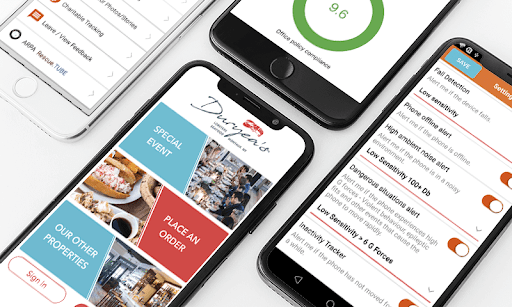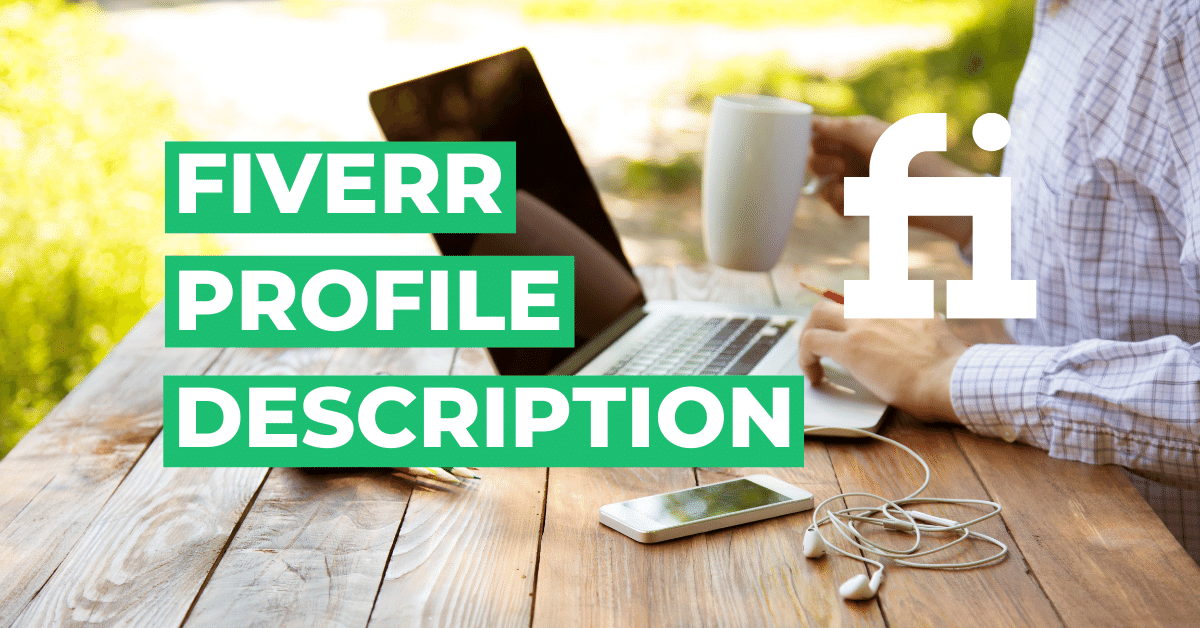What are the Top Resources to Learn Design Thinking?
In this digital era, learning has become easier than ever. No matter what you want to learn, you always have an enormous range of choices. Whether you want to learn design thinking or you’re interested in any course related to it, the right resources are just a few clicks away.
Today, we’ll discuss all phases of design learning and recommend you the best tools and methods for each process.
What is Design Thinking?
We can describe the concept of design thinking described as a systematic approach to solving issues. It puts the client in the forefront and concentrates on generating solutions through items or products that create a better future for the customer.
The method involves defining an issue, coming up with various ways to address it, and then evaluating the options to choose the most efficient solution from the available.
Also Read: How to find a Fabulous Web Design Company
Learn Design Thinking Process: Which tools and methods prove to be the best resources?
You may even read that there are six or even seven phases of the design thinking process, but logically speaking, there are just five. Before doing design thinking courses, it’s vital for you to cherish each phase along with the best tools that assist you in each phase.
Empathize
In this phase, during the development process, the goal is to gain an intimate knowledge of the client you’re designing products or services for.
Imagine yourself as the customers and try to understand the nature of their actual issues, such as their desires and needs and their feelings, emotions, motivations, struggles, and experiences. That way, you can gain valuable insights which will assist you in creating a successful solution to their issue.
A few of the tools that you can make use of to gain an understanding of your customers and the issues they face include,
- Users’ personalities: Users may start by conducting interviews, surveys, and face-to-face conversations to gather details about their customers. The information that you’ve gathered into profiles of your customers belonging to various user segments. They will ultimately assist you in making decisions from the viewpoint of your customer.
- Empathy Map: The tool will help gain a greater understanding of the actions and attitudes of the customer. More specifically, it helps you determine what the client says, thinks, feels, and does. It will assist you in developing an understanding of your customer’s needs.
- Customer Journey Map: This research tool provides you with an overall view of your user experience by showing the most important contact points in the user’s journey when interacting with your company.
Define
Once you’ve collected extensive data about the client and their environment, You must define the correct problem to determine the best solution. Combine and analyze the data to determine the main issue which you must tackle through your solution.
This will allow you to develop a strong problem statement to assist you in the next step of the design thinking process.
Here are some tools that you could use in this phase.
- Affinity Diagram: It’s a tool to put the information you’ve gathered during the empathize phase into one place and discover connections between themes within the data. This exercise can help you gain greater insight to identify the problem in a short time.
- Five Whys: Five Whys is a technique often used to find the possible root cause. It allows you to dig into your issue until you come up with a solution that can create a positive impression on the user.
- Cause-and-effect Diagrams: Also referred to as the “fishbone” diagram, this is an excellent method of generating an accurate description of the issue. It can help identify the root cause of the issue and develop a method to fix the issue instead of trying to treat the symptoms.
Ideate
Rather baffling the mind to find the watts to solve any issue, it’s better to invest time understanding it. If you have a clear picture of the issue, you can certainly come up with the best solution to solve it. However, this may also take time. Later, you will take your knowledge related to the clients and their issues and develop ideas to develop a vision of your service or product. That’s the core concept of design thinking.
For amazing ideas, bring your team together and employ the tools for brainstorming listed below.
- Mind Maps: This diagramming method allows you to capture the flow of thoughts during brainstorming sessions and helps you create an idea. It’s also an astonishing tool to break down complex issues and identify solutions and analyze data that you have gathered from a study.
- Six Thinking Hats: It is a fantastic method used during brainstorming sessions to keep the group on track. It lets everyone examine the same issue with different perspectives (six to be precise).
Prototype
This is the phase in which you create low-cost, low-fidelity prototypes for the product to evaluate the effectiveness of the solutions you’ve created at an earlier stage. For example, Stanford has created a dedicated course on design thinking. When you check the stanford design thinking course and offerings, do you really feel all this was planned at once?
Certainly not! They certainly put emphasis on the prototype phase before deciding.
The core objective is to find the ultimate feasible solution out of the numerous options you can choose from. Based on the results of the initial prototype, you can refine, revise or even reject the idea.
This will allow you to develop an idea of the client’s experience when they use the final product. The prototype could later be developed into a beta product or the minimum viable product.
Here are a few tools you can utilize on stage.
Storyboards: You may not require a physical prototype to test your concept. Rather, ask test participants to utilize storyboards to think about and analyze the results efficiently. Storyboards enable your team to step into the position of your customers and imagine their experience using the product.
UI Mockup: UI Mockups are an excellent method to try out an initial version of your app or website before developing it. By using Creately UI mockups, you can connect pages so that users can easily navigate the website or app, giving users a realistic experience.
Lean UX Canvas: Lean UX Canvas allows you to create and test hypotheses based on assumptions that you’ve made from the ideas you’ve come up with in the early stage of design thinking. You can use it to quickly determine the ideas that need to be improved and discarded.
Test
In this phase, you have to evaluate the prototype you made with the final users. By taking their feedback into account, you can then make changes to the product to improve it to satisfy the customer’s requirements.
Final Thoughts on Learning Design Thinking
We’ve reviewed the major steps of design thinking and the tools you can employ to implement design thinking within your company. In addition, we have covered each tool and method in detail you help you understand the importance of design thinking. Got some experience in the design thinking field? Share your thoughts through comments!






